While Bali dominates Instagram feeds with its beach scenes, the island’s popularity has led to overcrowding and water quality issues in many once-pristine areas. Across Southeast Asia, however, numerous lesser-known destinations offer truly spectacular azure waters—ranging from electric blue lagoons to crystal-clear seas that showcase every coral formation beneath the surface.
These hidden gems provide the perfect backdrop for unforgettable swimming, snorkeling, and diving experiences without the Photoshop enhancement that many social media posts require. Here is a list of 15 remarkable locations where you can experience the bluest water in Southeast Asia, each offering a distinct experience far from the crowds that have transformed Bali’s most famous beaches.
Bacuit Archipelago, Philippines
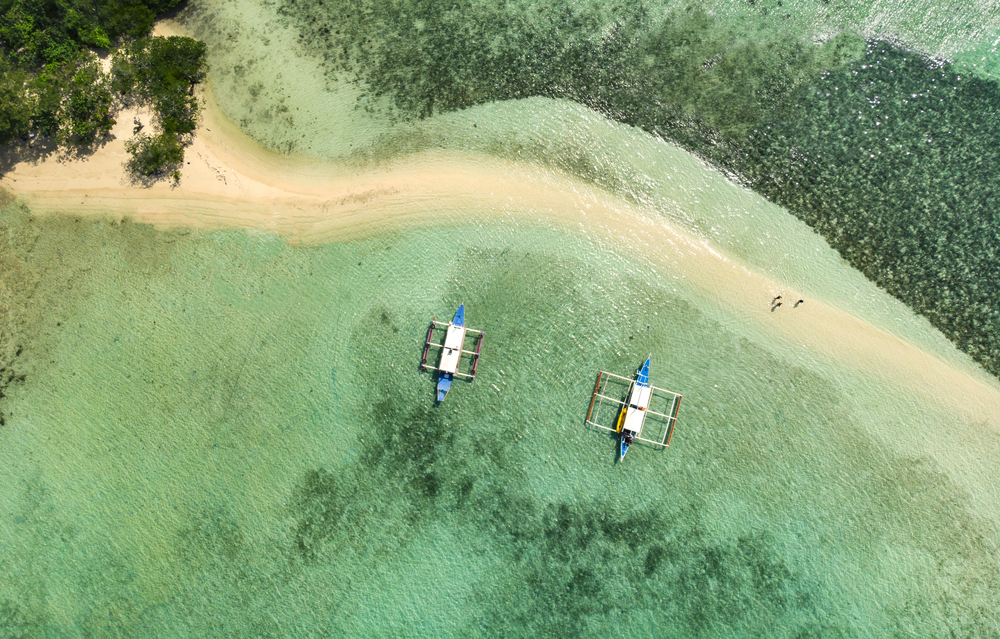
The limestone islands surrounding El Nido in Palawan create dozens of protected lagoons with water so intensely blue it appears artificially enhanced. Big Lagoon stands out with its deep turquoise channel flanked by towering karst cliffs, creating dramatic contrasts that photographers dream about.
The water clarity here reveals colorful corals even from the surface, while the protected nature of these lagoons means they remain calm and brilliantly clear regardless of seasonal conditions affecting open waters.
Koh Rok, Thailand
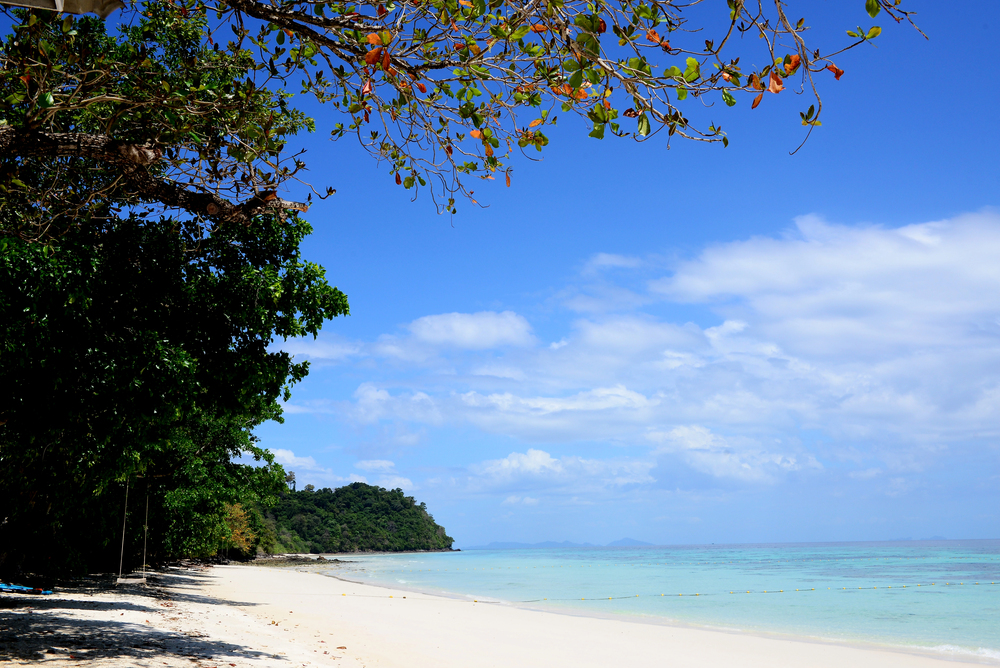
This twin-island marine sanctuary between Krabi and Koh Lanta remains protected from mass tourism due to its national park status and distance from the mainland. The channel separating the two islands features water with exceptional clarity—visibility regularly exceeds 98 feet—showcasing vibrant coral gardens beneath a perfect cerulean surface.
The strict environmental protections and limited overnight options have preserved both the coral ecosystems and water quality that disappeared decades ago from Thailand’s more accessible islands.
Like Travel Pug’s content? Follow us on MSN.
Raja Ampat, Indonesia
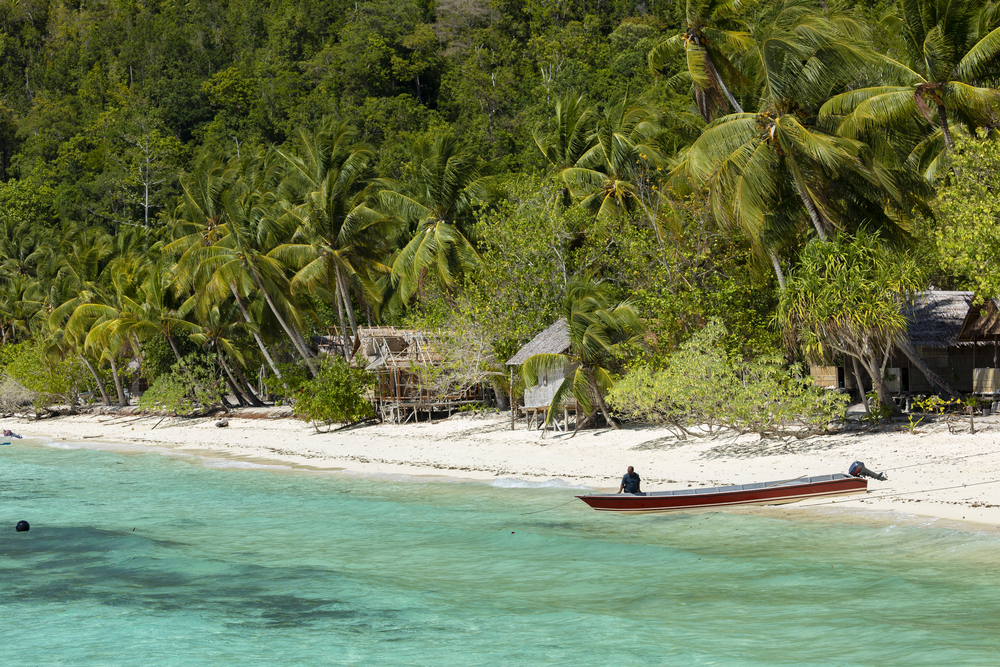
The remote location of Raja Ampat in West Papua has shielded its waters from the development affecting other Indonesian destinations, preserving exceptional water clarity throughout this vast archipelago. Wayag Island features the region’s most photogenic blue water, with countless shades ranging from turquoise in the shallows to deep sapphire in channels between limestone formations.
The nutrient-rich currents flowing through these islands support unprecedented marine biodiversity while maintaining water clarity that reveals coral formations from considerable heights above the surface.
Moalboal, Philippines
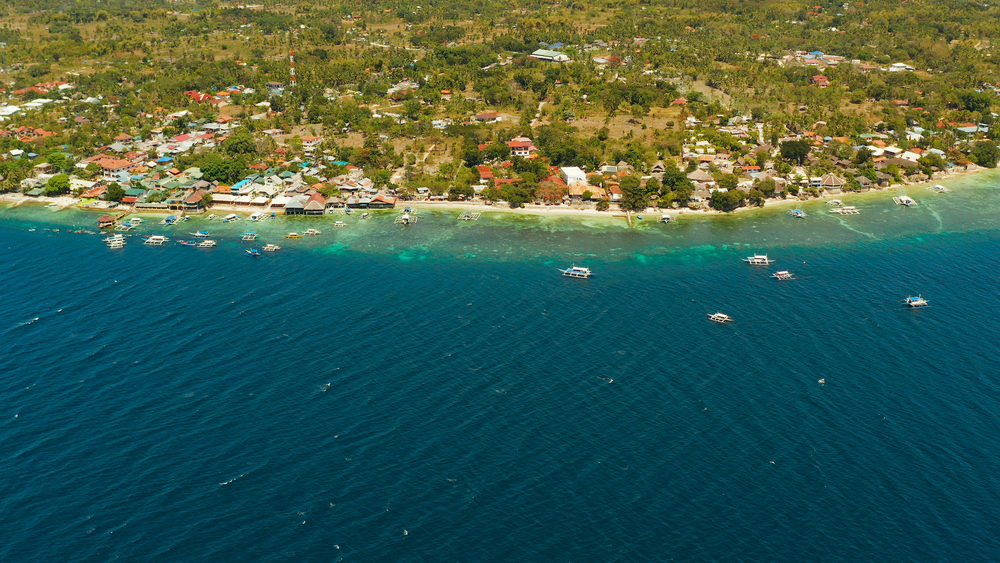
The Sardine Run at Moalboal’s Panagsama Beach creates one of Southeast Asia’s most mesmerizing blue water experiences, with millions of sardines forming swirling vortexes against an already impressive backdrop of clear blue water. The deep water dropoff just feet from shore creates dramatic color transitions from pale turquoise to intense cobalt blue.
The persistent clarity here results from the peninsula’s unique geography, creating shelter from sediment-carrying currents that affect water quality elsewhere along Cebu’s coast.
Con Dao Archipelago, Vietnam

While Vietnam rarely makes blue water lists, this remote island group 80 miles off the southern coast offers waters rivaling any in Southeast Asia for clarity and color intensity. Dam Trau Beach features particularly stunning azure water, with visibility frequently exceeding 65 feet even during Vietnam’s typical rainy season.
The islands’ distance from major river systems—which carry sediment affecting water clarity elsewhere in Vietnam—combined with strict environmental protections ensures these waters remain brilliantly blue throughout the year.
Like Travel Pug’s content? Follow us on MSN.
Mergui Archipelago, Myanmar
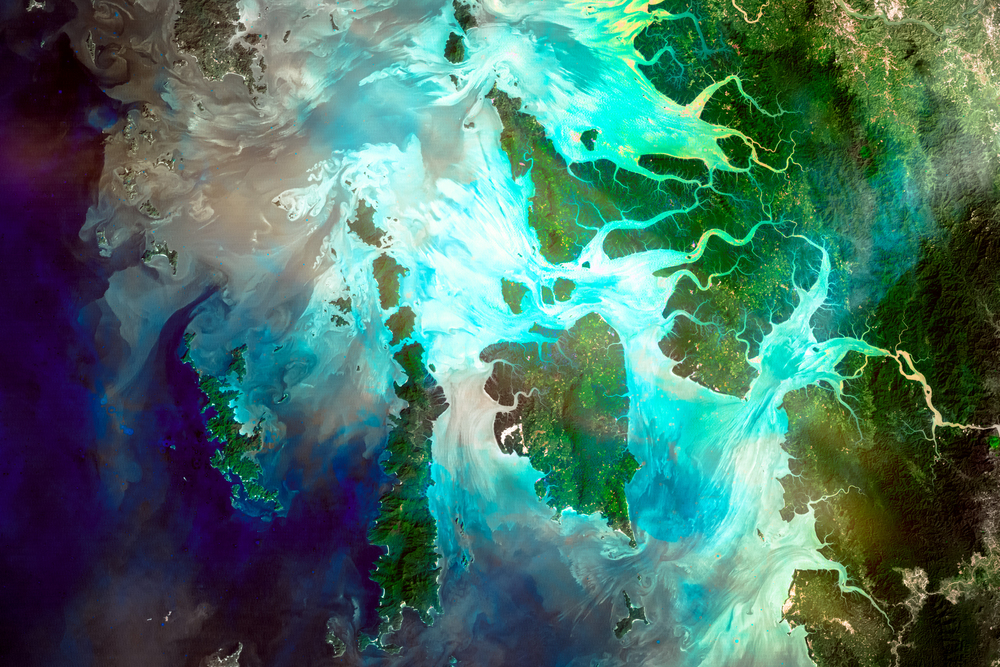
Recently opened to foreign visitors after decades of isolation, this vast archipelago contains some of Southeast Asia’s most pristine marine environments and correspondingly perfect blue waters. The 800 largely uninhabited islands create countless sheltered bays where azure waters remain mirror-calm, reflecting the dense jungle covering most islands.
The region’s limited development and position away from major shipping lanes has preserved exceptional water clarity that reveals pristine coral gardens and white sand bottoms, creating electric blue reflections visible from considerable distances.
Balicasag Island, Philippines
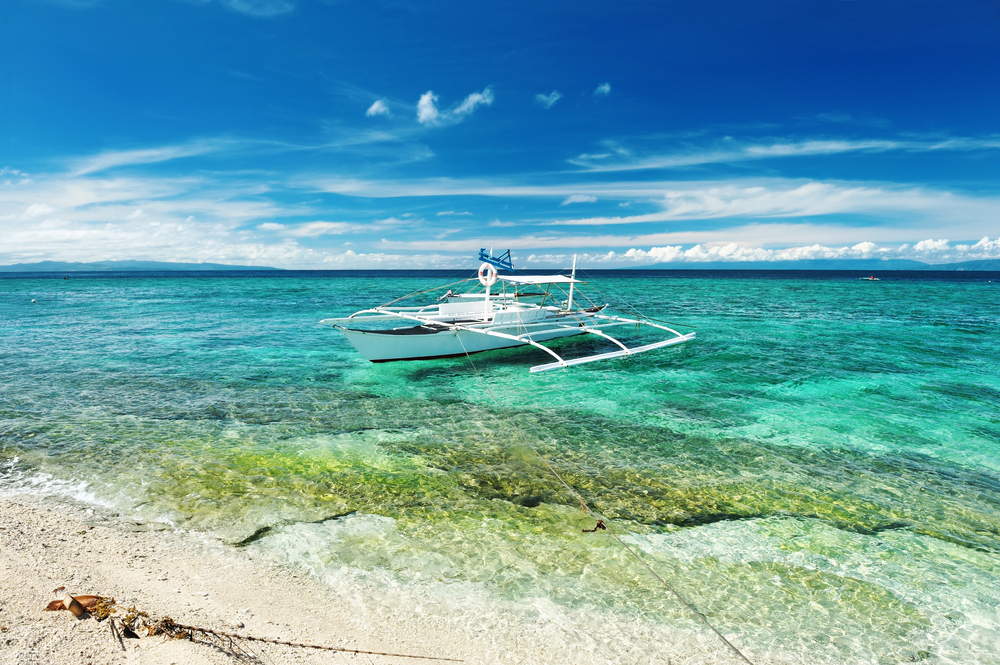
This tiny circular island near Bohol features an extraordinary underwater dropoff where shallow turquoise waters transition dramatically to deep indigo blue just feet from shore. The island’s location away from major river systems means water clarity remains exceptional even during rainy seasons, which affects visibility elsewhere in the Philippines.
The protected marine sanctuary status has allowed fish populations to flourish, creating stunning scenes where massive schools move through different blue zones as they follow the underwater contours around the island.
Koh Lipe, Thailand
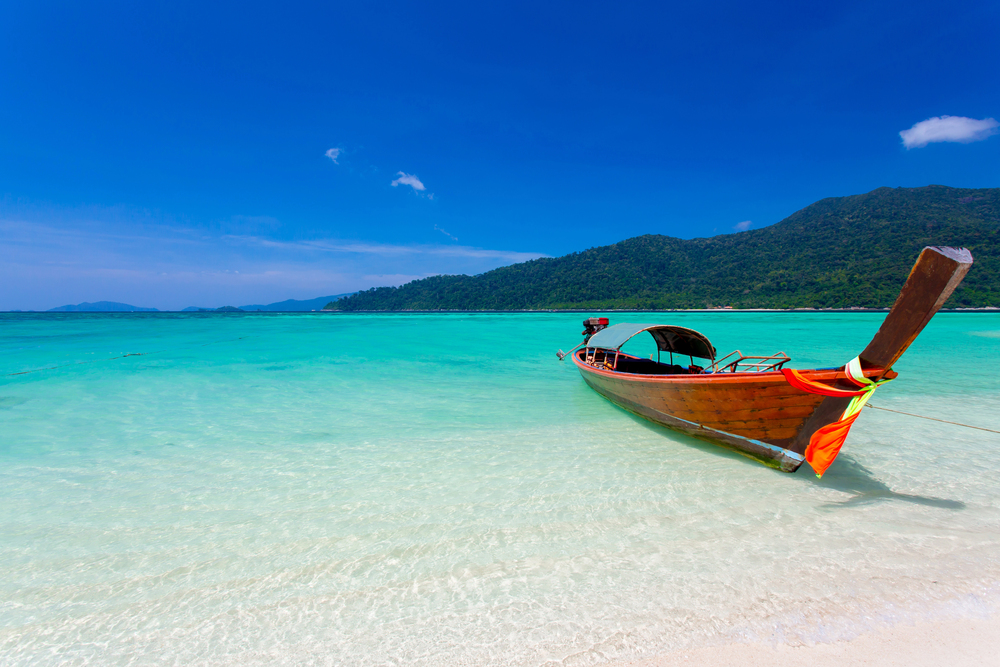
This small island near the Malaysian border offers remarkable water clarity unusual for the Andaman Sea, with distinct blue zones visible from the hilltop viewpoints across the island. Sunrise Beach features particularly impressive gradations of blue, ranging from pale aquamarine in the shallows to deep azure along the dropoff where coral gardens begin.
The island’s position at the edge of Tarutao National Marine Park protects it from fishing practices that have damaged marine environments elsewhere in Thailand, preserving both water quality and the coral ecosystems beneath.
Like Travel Pug’s content? Follow us on MSN.
Komodo National Park, Indonesia
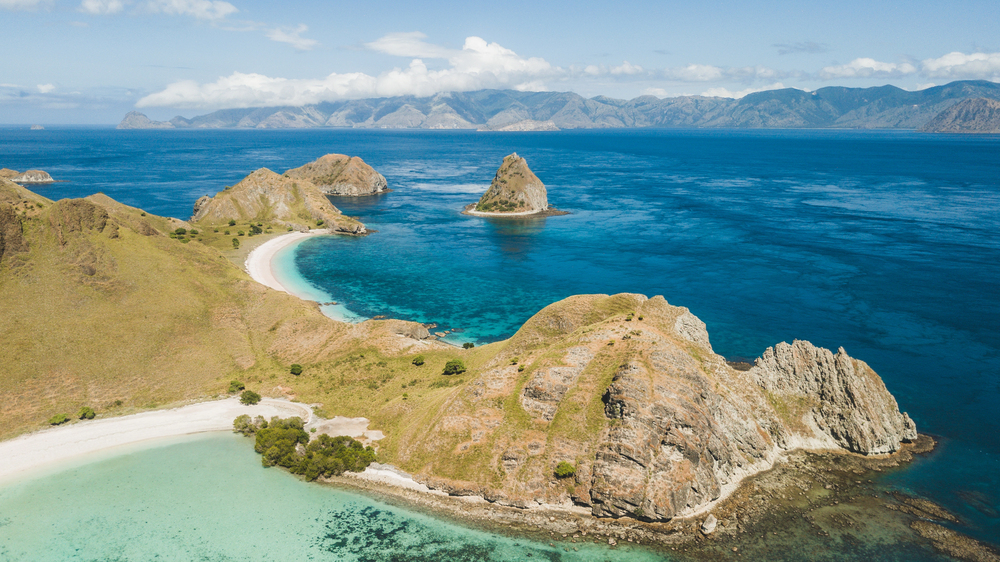
While famous for its dragons, Komodo offers equally impressive underwater experiences with exceptionally blue waters surrounding its numerous islands. Pink Beach features the most striking blue water contrasts, with turquoise shallows extending hundreds of feet offshore before plunging into deep blue channels where manta rays regularly feed.
The national park’s strict environmental regulations and remote location have maintained water quality that disappeared decades ago from Indonesia’s more accessible destinations, creating perfect conditions for appreciating the region’s extraordinary marine diversity.
Port Barton, Philippines

This sleepy coastal town on Palawan’s northwestern shore remains overlooked despite offering some of the Philippines’ most impressive blue water experiences. The bay contains several small islands creating protection from seasonal winds, resulting in mirror-like water surfaces that enhance the brilliance of the blue coloration.
The absence of large-scale development has preserved exceptional water clarity, with visibility often exceeding 65 feet around offshore islands where pristine coral gardens remain largely untouched by tourism impacts affecting more famous Philippine destinations.
Koh Rong Samloem, Cambodia
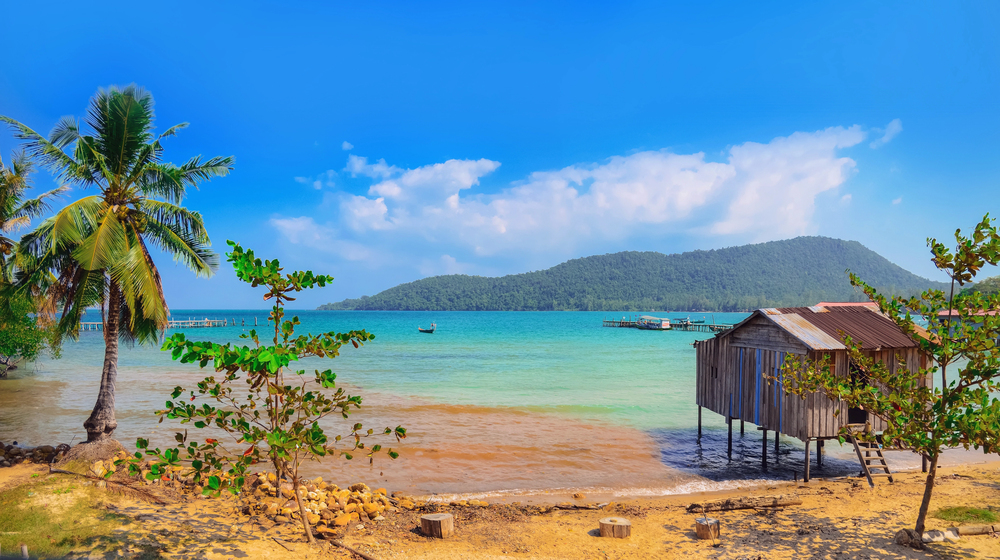
Cambodia rarely makes blue water lists, yet this island south of Sihanoukville features bioluminescent waters that turn electric blue at night while maintaining impressive clarity during daytime. Lazy Beach on the island’s western shore offers particularly striking blue water, with powder-fine white sand creating brilliant reflections that intensify the natural blue coloration.
The island’s limited development and absence of major runoff channels have preserved water quality that disappeared years ago from mainland beaches, creating perfect conditions for experiencing truly spectacular blue water environments.
Like Travel Pug’s content? Follow us on MSN.
Redang Island, Malaysia
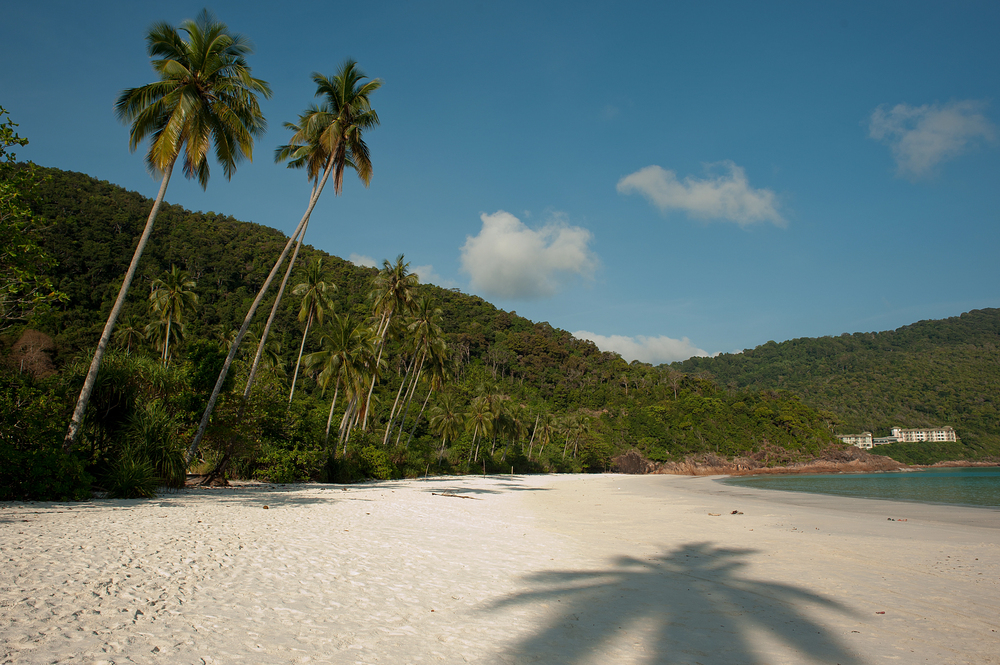
The protected marine park status of this island off Malaysia’s east coast has preserved exceptional water clarity around its numerous beaches and coves. Pasir Panjang offers the most impressive blue water experience, with brilliant turquoise extending hundreds of feet offshore before transitioning to deeper sapphire blues.
The strict environmental protections prevent development along most shorelines, eliminating runoff issues that affect water clarity elsewhere in Malaysia and maintaining conditions that showcase the extraordinary blue coloration that makes this area famous among underwater photographers.
Gili Air, Indonesia
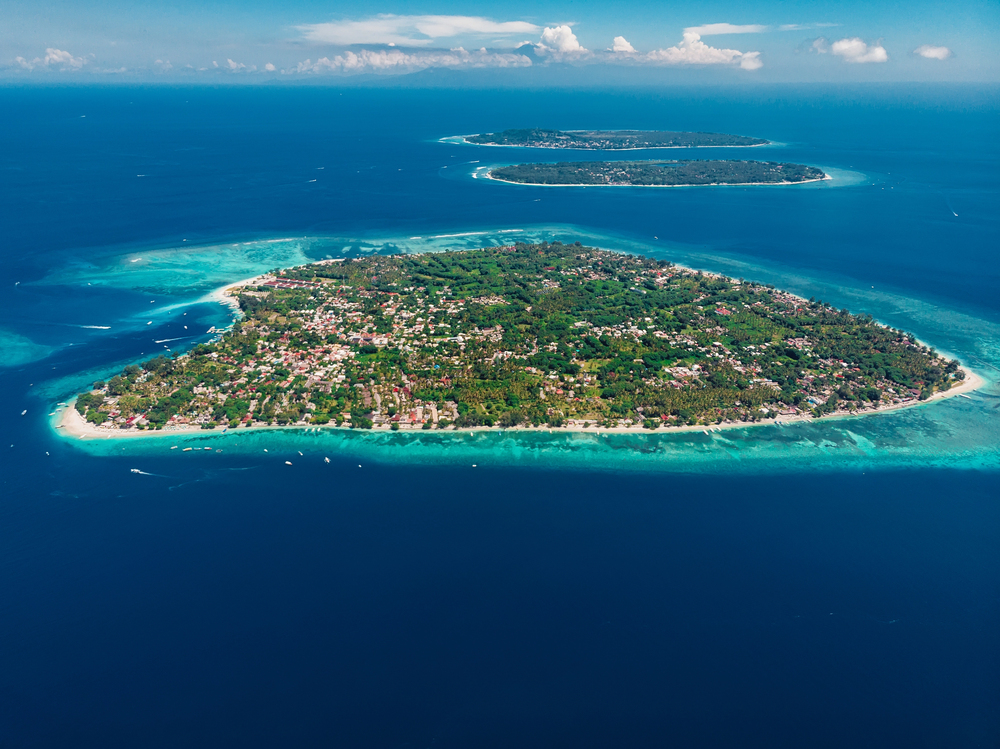
While the Gili Islands have developed rapidly, Gili Air maintains stretches of coastline with remarkably blue water, particularly along its eastern shore facing Lombok. The island’s position creates perfect conditions for experiencing brilliant blue waters, with the deep channel separating it from Lombok and creating dramatic color transitions visible even from the beach level.
The absence of motorized vehicles on the island eliminates oil pollution, affecting water clarity elsewhere, while the established marine protection zones have preserved coral ecosystems that enhance the natural blue coloration through light reflection.
Coron, Philippines
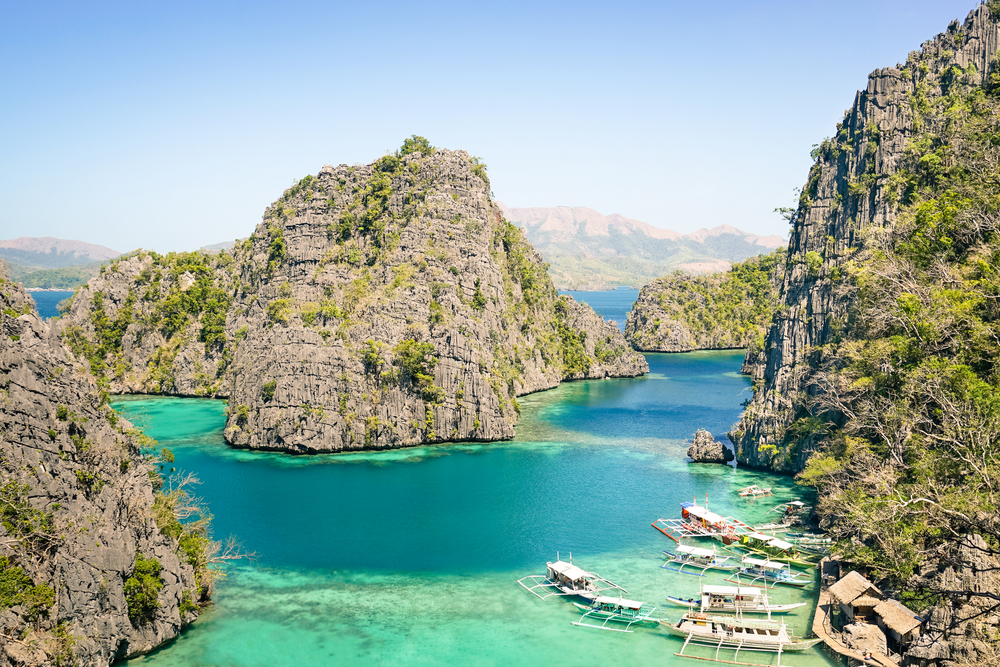
The Japanese shipwrecks scattered throughout Coron’s waters create one of Southeast Asia’s most unique blue water experiences, with supernatural-looking cerulean water filling the interior spaces of these massive sunken vessels. Barracuda Lake offers an entirely different blue water experience, with layers of different colored water—turquoise fresh water floating above deep blue salt water—creating otherworldly effects for swimmers and divers.
The mountainous topography surrounding these waters minimizes sediment runoff, maintaining exceptional clarity throughout changing seasonal conditions.
Like Travel Pug’s content? Follow us on MSN.
Koh Tao, Thailand
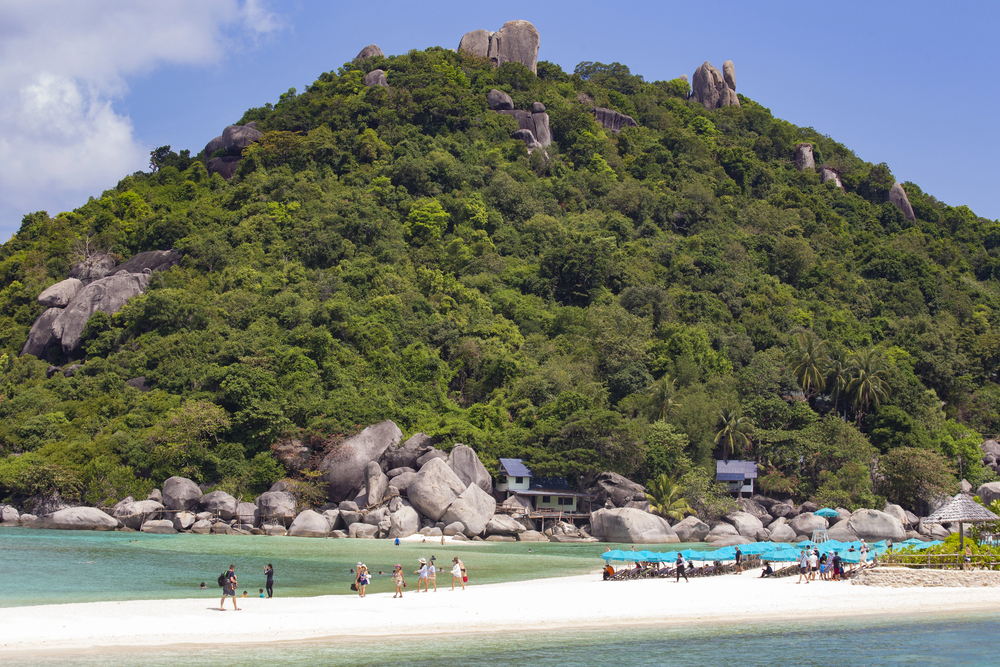
Despite its popularity, Koh Tao maintains several locations with genuinely impressive blue water, particularly along its less-developed eastern coastline. Tanote Bay features striking blue water that changes dramatically with daily light conditions, creating intense cerulean reflections during morning hours when the sun illuminates the bay directly.
The island’s environmental conservation efforts have helped maintain water quality despite development pressures, with numerous reef restoration projects actively improving conditions that showcase the natural blue coloration that initially attracted travelers decades ago.
Beyond the Instagram Filter

These extraordinary blue water destinations represent Southeast Asia at its most visually spectacular—places where natural conditions create watercolors so vibrant they appear enhanced in photographs. While mainstream tourism continues focusing on already-crowded destinations prominently featured on social media, these alternative locations offer both visual splendor and the increasingly rare opportunity to experience pristine marine environments.
The brilliance of these waters reflects not just aesthetic beauty but ecological health, serving as living indicators of marine environments worth protecting from the development pressures transforming other once-pristine destinations throughout this remarkable region.
More from Travel Pug

- 20 Destinations That Were Once Thriving but Are Now Quietly Disappearing
- 13 Destinations Where Tourists Regularly Regret Their Trip
- 20 Once-Popular Beach Towns That Are Now Ghostly Empty
- 10 Under-the-Radar Mountain Towns That Are Both Affordable and Beautiful
- Take a ‘Learning Vacation’ in These 20 Extraordinary Places
Like Travel Pug’s content? Follow us on MSN.
